
ESSIC/CISESS Scientists Contribute to New Book on Satellite Precipitation Measurement
Several ESSIC/CISESS scientists have contributed to a new e-book published by Springer titled “Satellite Precipitation Measurement”.

Several ESSIC/CISESS scientists have contributed to a new e-book published by Springer titled “Satellite Precipitation Measurement”.

There might be a link between climate and the spread of COVID-19, finds a study co-authored by ESSIC Director Fernando Miralles-Wilhelm, Assistant Research Scientist Augustin Vintzileos, and collaborators from The Institute of Human Virology (IHV) at the University of Maryland School of Medicine and Shiraz University of Medical Sciences in Iran.
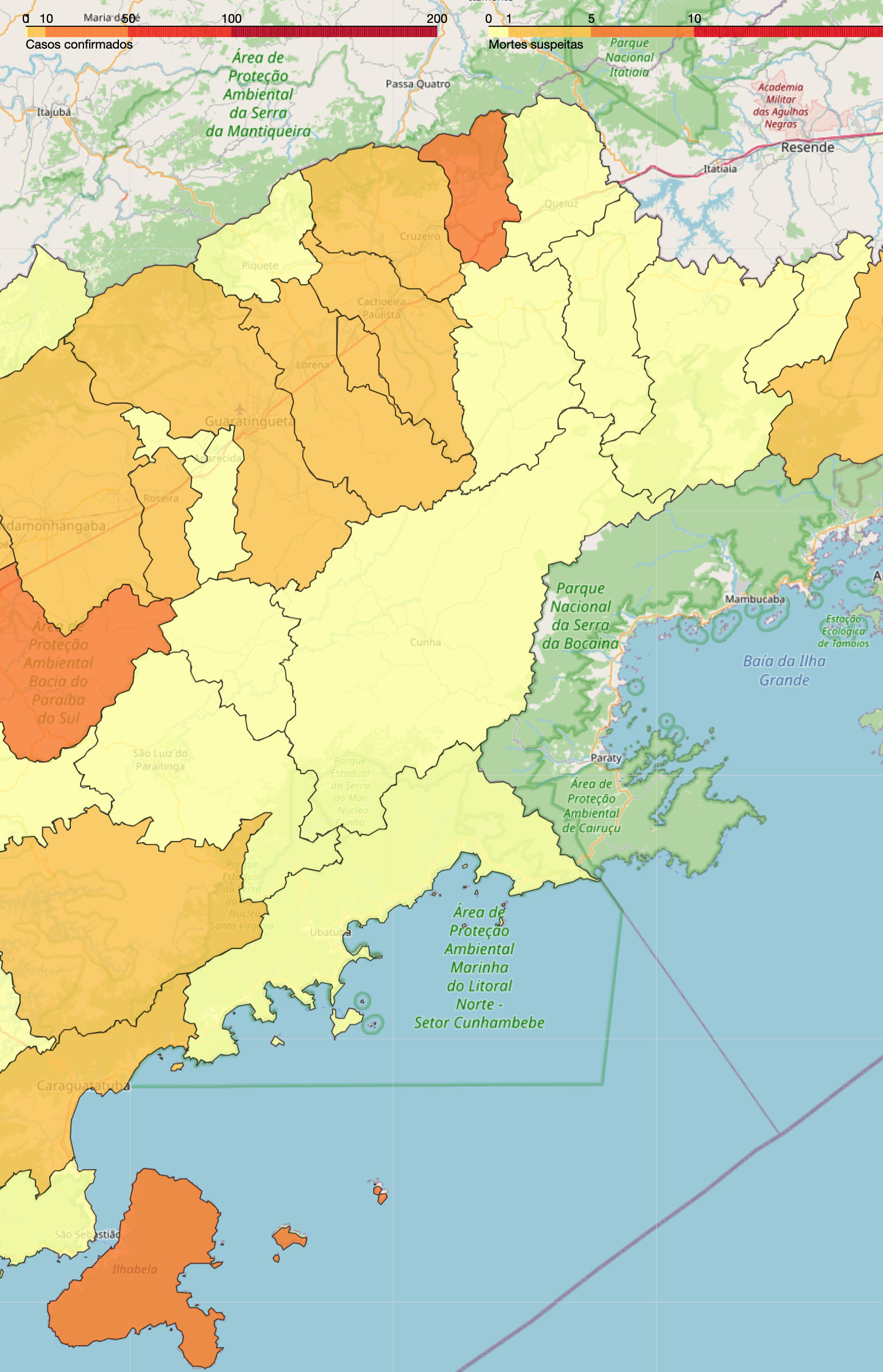
A group of volunteers including ESSIC scientist Fernando Dos Santos are putting together an interactive map that tracks the spread of COVID-19 across Brazilian states and cities.

Using the most advanced Earth-observing laser instrument NASA has ever flown in space, scientists have made precise, detailed measurements of how the elevation of the Greenland and Antarctic ice sheets have changed over 16 years.
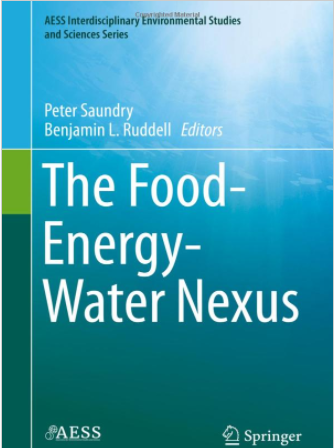
ESSIC Director / AOSC Chair Fernando Miralles-Wilhelm is a co-author in a new book now available titled “The Food-Energy-Water Nexus”.

In a new article out in The Wire, ESSIC/AOSC Professor Raghu Murtugudde argues for a dedicated Infectious Disease Forecasting (IDF) center to bring centralized public health decision-making to India.
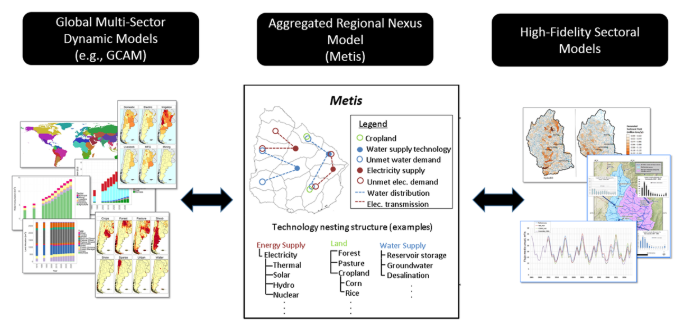
ESSIC scientists Thomas Wild and Fernando Miralles-Wilhelm have a new paper out in the Journal of Open Research Software about Metis, a new tool that could empower policymakers to make more informed choices concerning infrastructure planning.
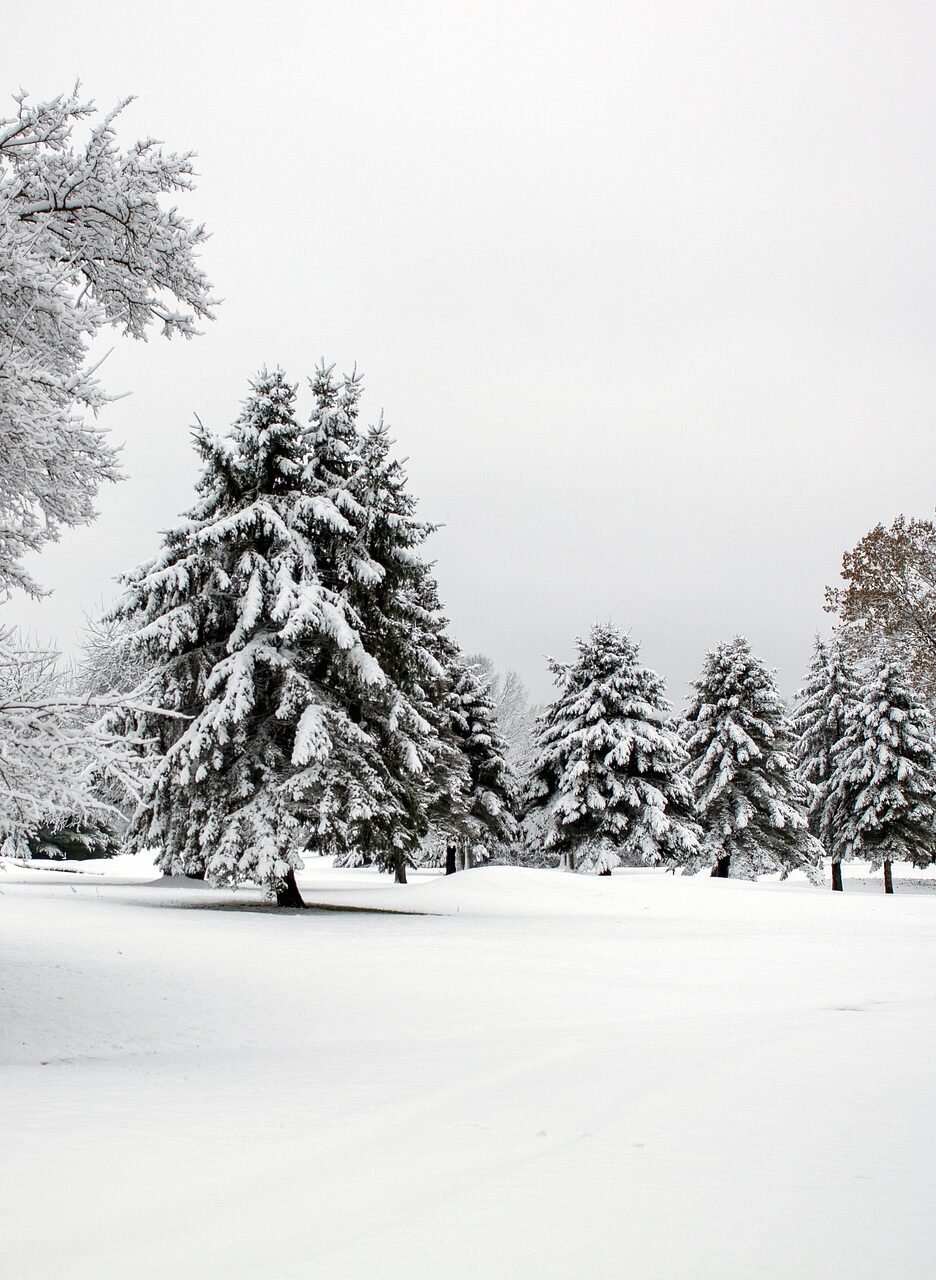
Ralph Ferraro was a co-author on an article published in Advances in Meteorology titled “Intercomparison and Validation of MIRS, MSPPS, and IMS Snow Cover Products”.

ESSIC Assistant Research Professor Thomas Wild has a new article in the Journal of Hydrology titled “100 years of data is not enough to establish reliable drought thresholds”. Wild’s co-authors include Robert Link, Abigail Snyder, Mohamad Hejazi, and Chris Vernon from the Joint Global Change Research Institute.
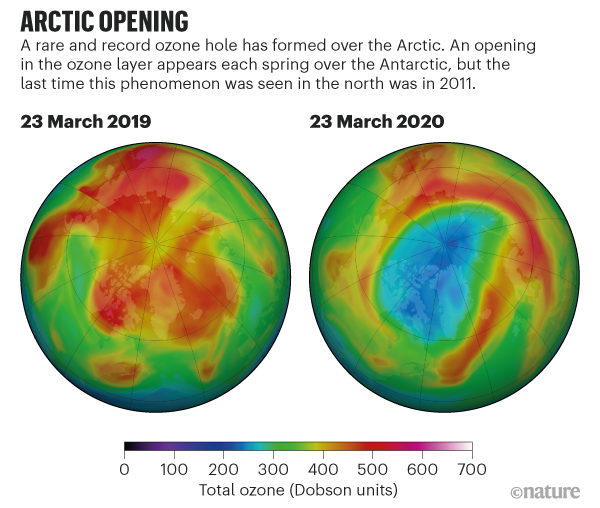
A large ozone hole has opened up above the Arctic, its size rivaling the famous Antarctic ozone hole that forms in the southern hemisphere each year.